Tsunami:
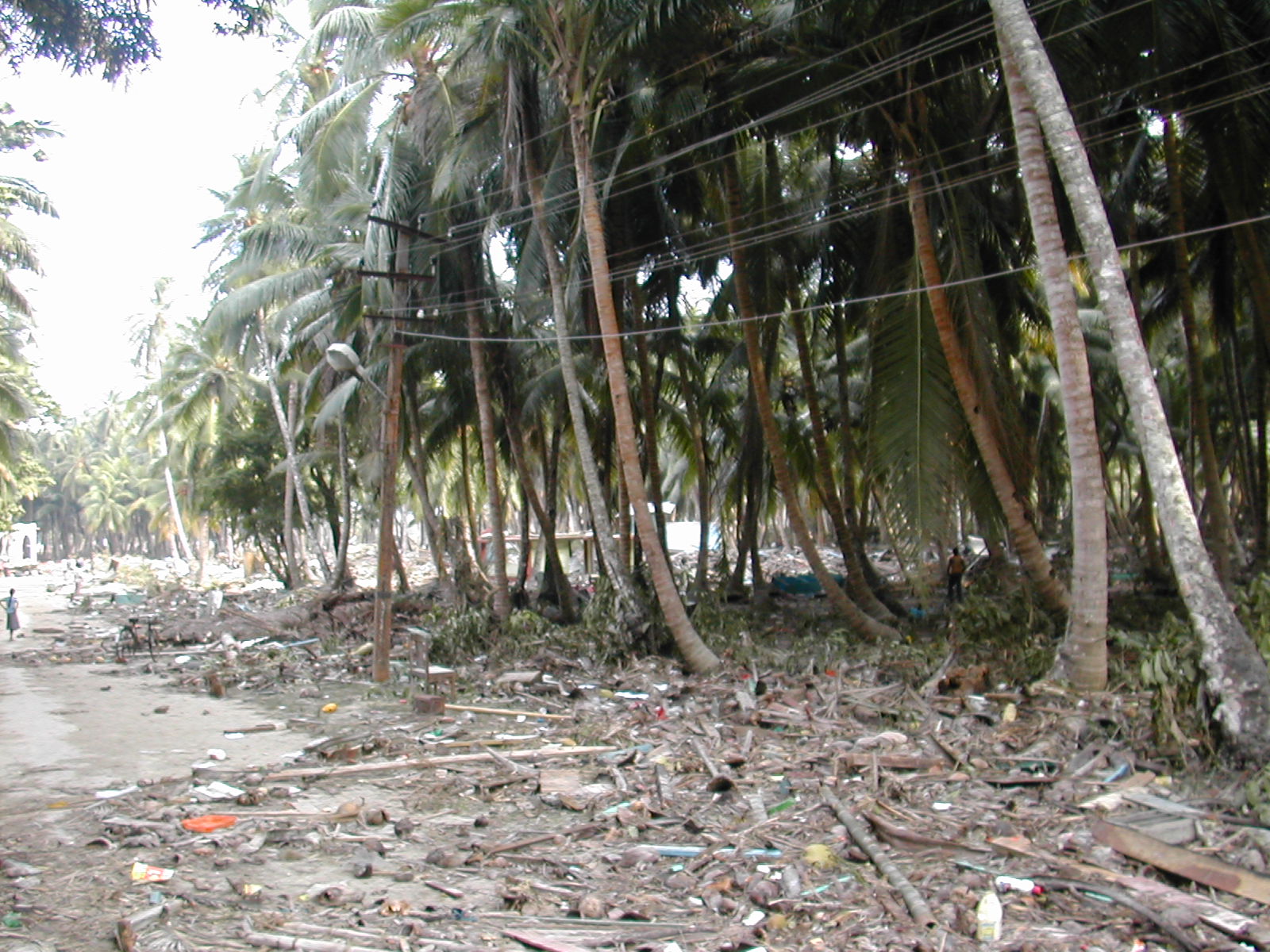

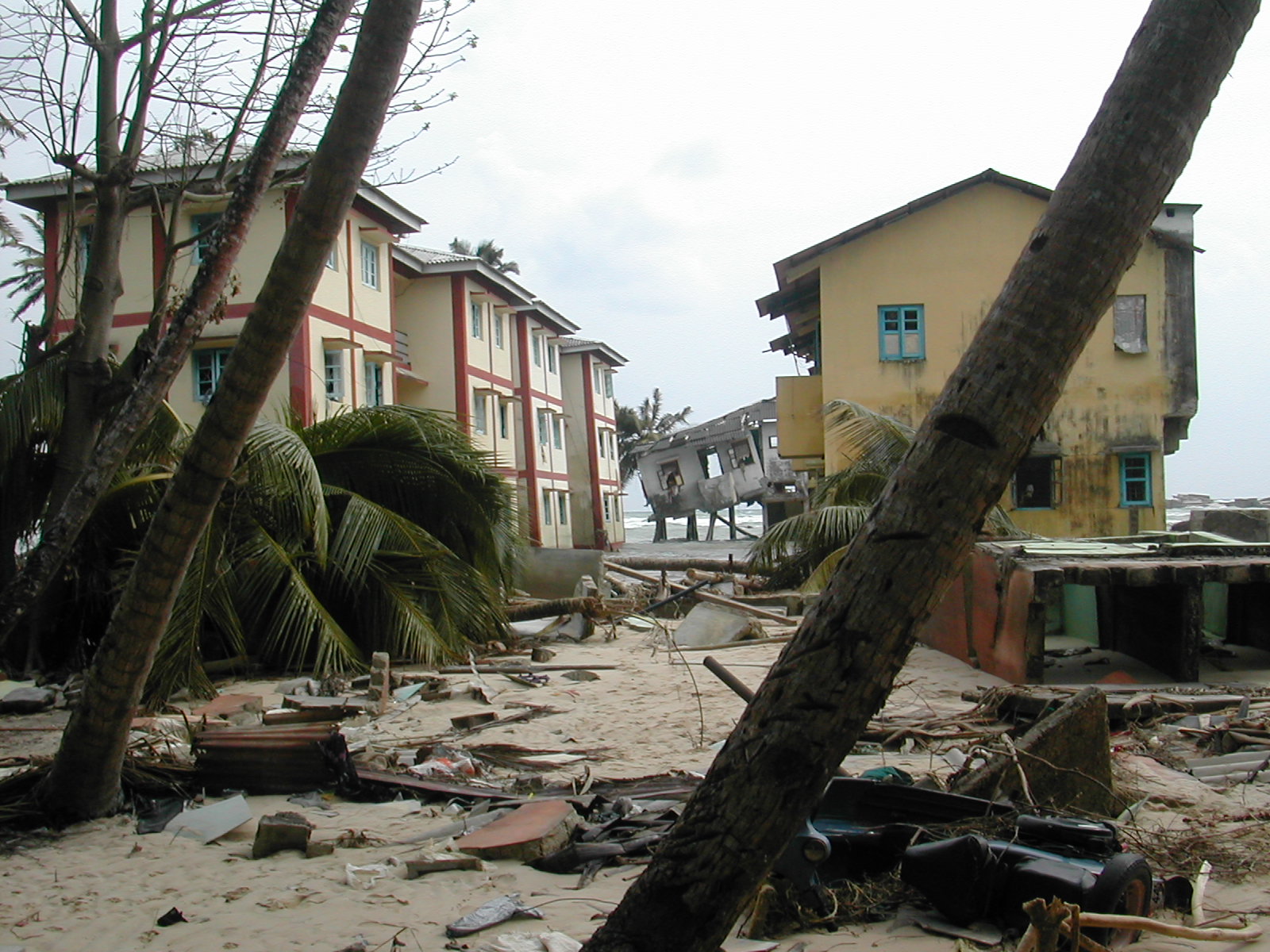


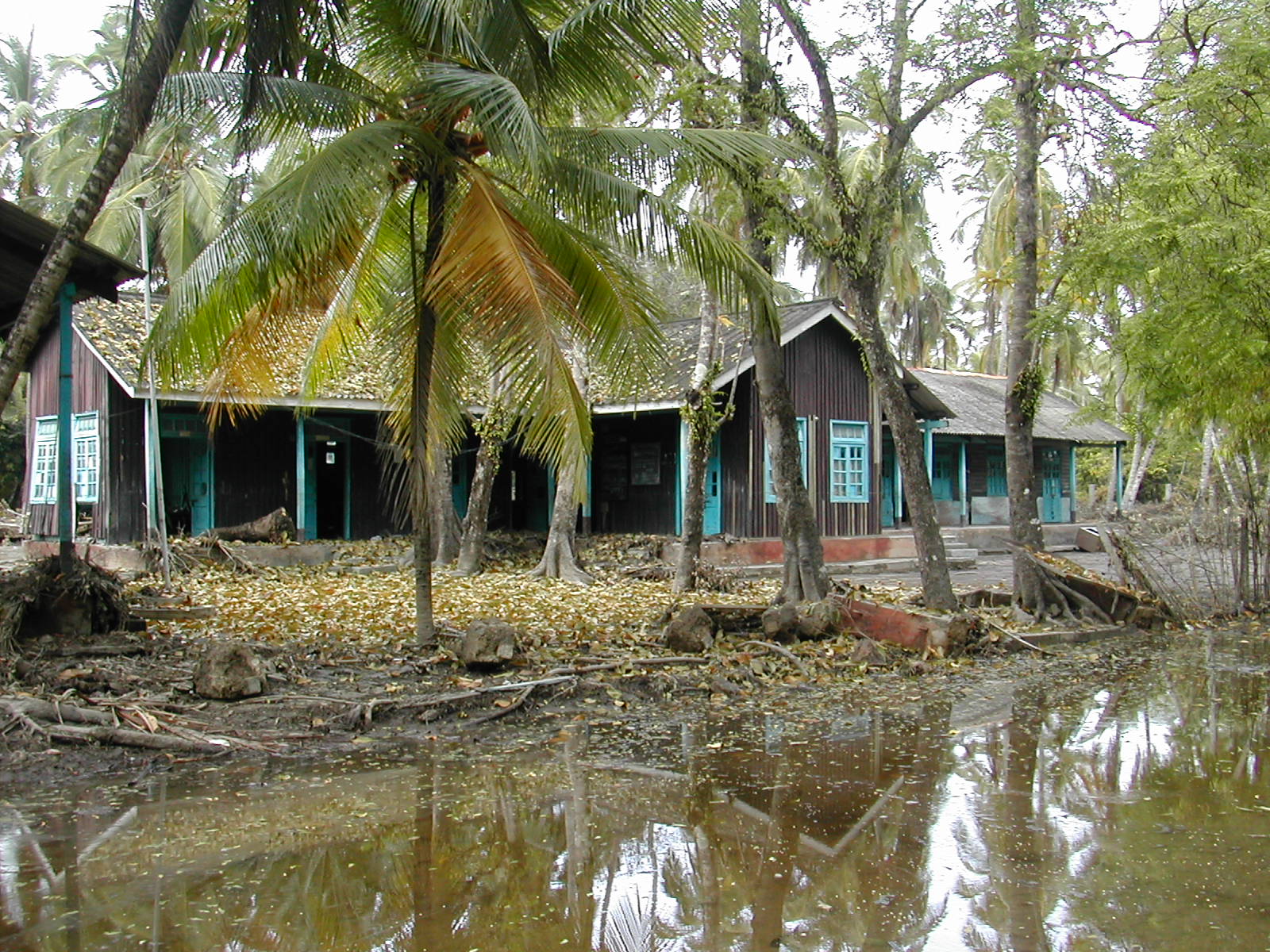
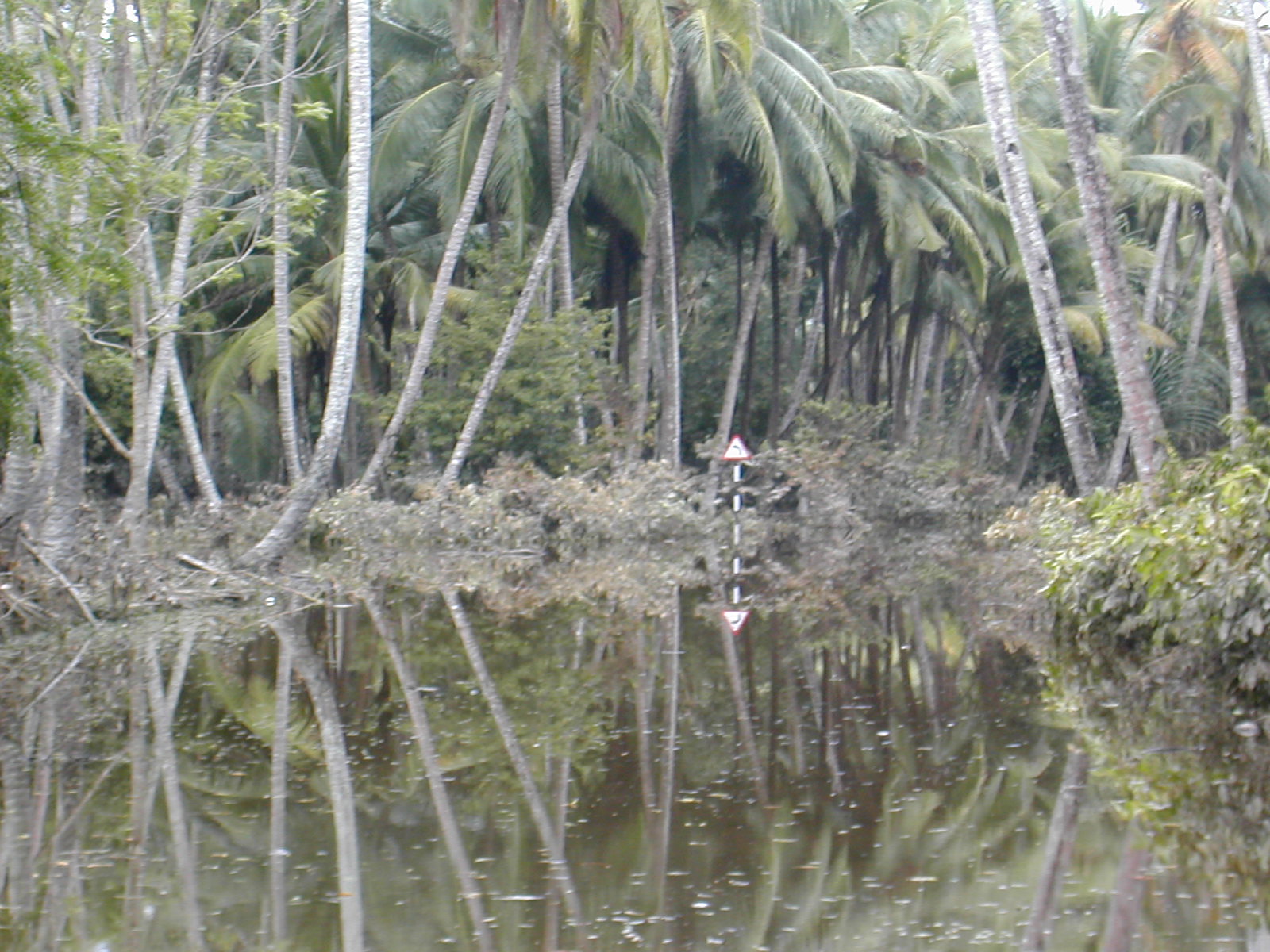
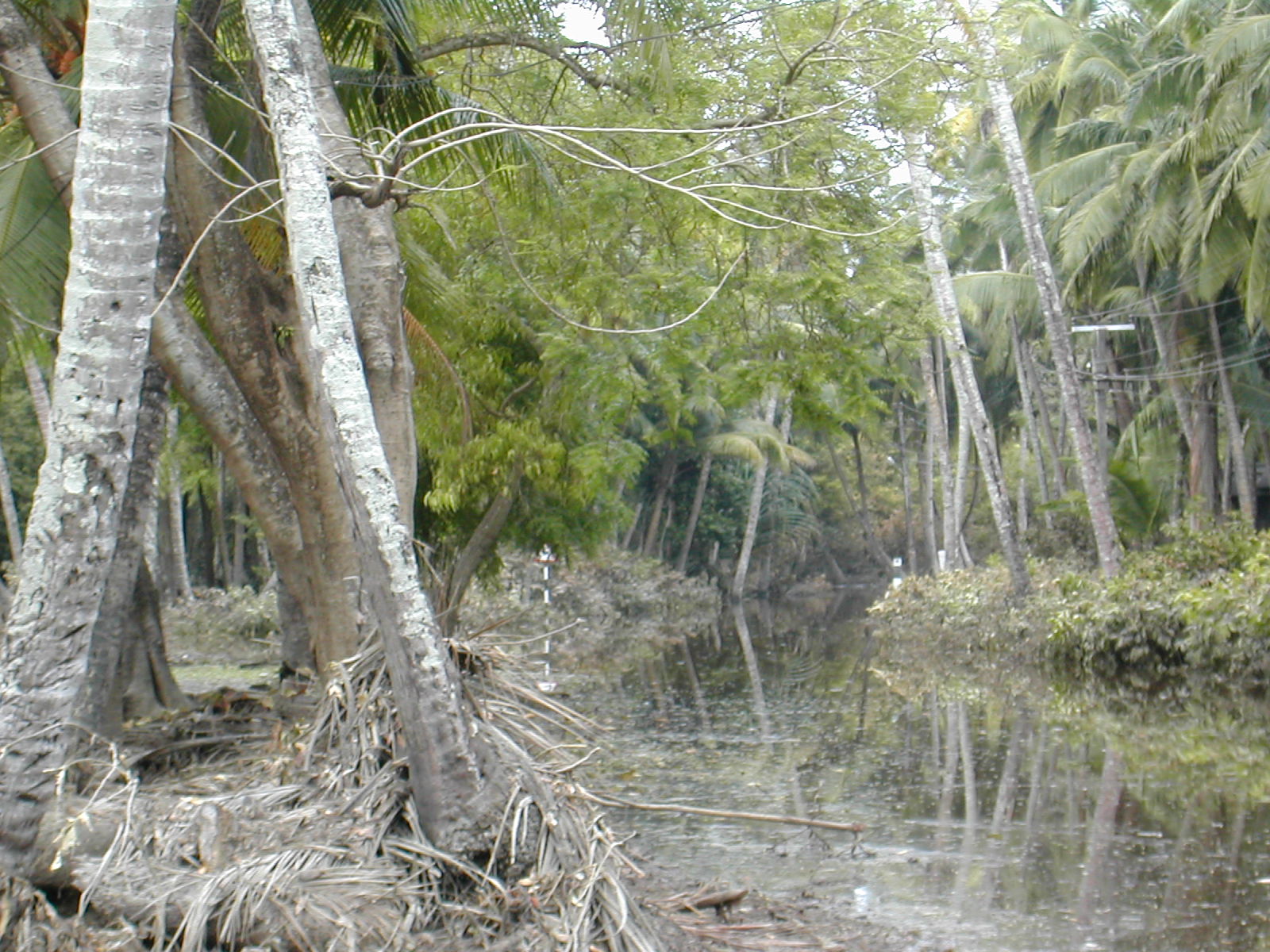


A large wave on the ocean, usually caused by an undersea earthquake, a volcanic eruption, or coastal landslides. A tsunami can travel hundreds of miles over the open sea and cause extensive damage when it encounters land. It is also called tidal waves, however, oceanographers discouraged the term as misleading as they are not actually related to tides.
Tsunami are a series of waves usually generated by movement of the seafloor. These movements are caused by different typs of geophysical phenomens such as earthquakes, landslides, volcanic eruptions, slumps and meteroits. But 90% of the Tsunamis are initiated with earthquakes.
They all repress a enormus mass of water, which become special waves, the ratio between the the water depth and the length of these waves is very small. They move at a speed equals to the square root of the product of gravity (9,8m/s/s) and the depth of the water. Because they lose energy reciprocally related to their lentgh, they can travel with high speed over long distances without losing much energy. Therefore, the tsunami reachs the coast with a destructive and devasting force.
The Warning System
A tsunami warning system is a system to detect tsunamis and issue warnings to prevent loss of life. It consists of two equally important components: a network of sensors to detect tsunamis and a communications infrastructure to issue timely alarms to permit evacuation of coastal areas.